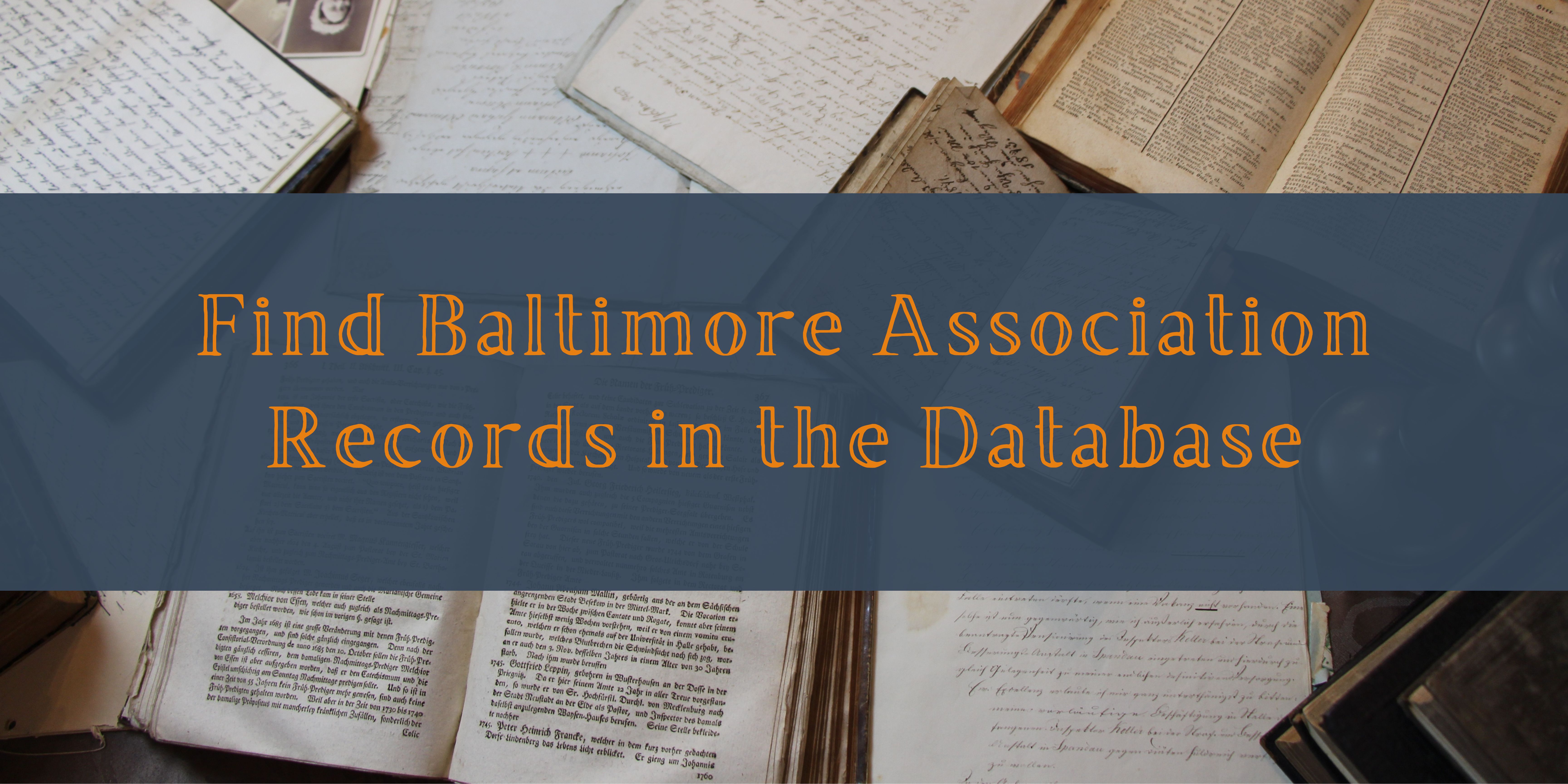The Beginnings of the Baltimore Association and its Establishment of the first Colored School, Bowie State University
During the Reconstruction era there were many organizations which were made of benevolent societies and aid associations. One of the most active and well known of those organizations was the Baltimore Association for the Moral and Intellectual Improvement of the Colored People often referred to as the “Baltimore Association.” The association began in November of 1864 in Baltimore, Maryland a few months prior to the end of the Civil War. Its mission was to improve the education of Black Americans.[1] The Baltimore Association helped to financially support dozens of Colored schools in Baltimore as well as Colored schools in other counties throughout Maryland.
Benevolent and Aid Societies were very popular during Reconstruction. Many of them originated in the Northeastern region of the country in states like New York, Pennsylvania, the New England region, and Maryland. a Along with the Baltimore Association some of the most organizations which played a major role in supporting the Colored schools in Maryland and in other states were “the Central Committee of the Society of Friends of England for the Relief of Emancipated Negroes, the New England Freedmen's Aid Society, the American Missionary Association, the Pennsylvania Freedmen's Relief Association, the federal Freedmen's Bureau; and the African American community.”[2] The Baltimore Association was one of the most popular organizations that helped to support and advance the education of Black Americans.
The Baltimore Association was founded and operated by a group of white men. The majority of the funds came from Quaker, Jewish, and Christian donors. “In 1867, the Baltimore Association for the Moral and Educational Improvement of Colored People, aided by the Freedmen's Bureau, English Quakers and others, purchased and renovated for the use of the school, the old Friends Meetinghouse at Saratoga and Courtland Streets in Baltimore.”[3] White religious and spiritual groups believed that helping newly freed Black Americans obtain an education would better them and that it was calling by God or a higher power to join that mission.
White teachers were the only ones allowed by the Baltimore Association until the 1880s. This is interesting since their mission was to improve the education of Colored People but discriminated against the hiring of Black teachers for about twenty years. This underscores how many white benevolent and aid organizations still held racist and discriminatory views and practices towards Black people while also supporting Black as well and further emphasized that just because some was anti-slavery or considered themself to be an abolitionist, did not mean that they were not still a racist.
There were many accounts of Colored schools and organizers for the Baltimore Association who experienced attacks and antagonism by whites who did not agree with their work.
Many of the Colored schools in Baltimore and in other counties throughout the state of Maryland were located inside of local Black churches. The first school that the Baltimore Association opened was located inside of the African Baptist Church.[4] These schools were supported by private funds during Reconstruction since the state did not begin financially supporting Colored schools until the 1880s. By the 1880s the Baltimore City Council would begin providing funding for the Colored schools in Baltimore.
The first school that was established by the Baltimore Association during the 1860s restructured in 1893. It became the Baltimore Normal School for the Education of Colored Teachers. The school created teaching standards in order to train educators and make sure they had the same knowledge and abilities to teach at the schools. Many of the teachers were trained as elementary teachers and during this time the school also acted as middle and high school.[5] The Normal School proved to be highly successful.
A few years later the school saw another expansion. “In 1910, the State Board of Education purchased for the School some 187 acres of land at Jericho Park, one mile north of Bowie in Prince George's County.”[6] The following year in 1908, the Baltimore Normal School became a state institution by the General Assembly and was placed under the State Board of Education. The school changed locations and was moved out of Baltimore.[7] “In 1910, the State Board of Education purchased for the School some 187 acres of land at Jericho Park, one mile north of Bowie in Prince George's County.”[8] The school saw further progress following its move from Baltimore to Bowie. The school’s first building opened in September of 1911 but due to its history through the Baltimore Association we can say that it was founded in 1865.[9] Bowie State University is the first Historically Black University (HBCU) in the state of Maryland and one of the oldest universities in the nation.
By Danielle Bing
[1]Association For The Moral And Educational Improvement Of The Colored People. Baltimore. December 15th, . Sir:- Your attention is called to the association formed in this City for the moral and educational improvement of the Colored people. Baltimore, 1864. Pdf. https://www.loc.gov/item/2020771598/.
[2] Bowie State University, Maryland Origin & Functions. January 06, 2016 Maryland State Archives. Page 2. http://msa.maryland.gov/msa/mdmanual/25univ/bowie/html/bowf.html.
[3] Ibid.
[4] Ibid.
[5] Ibid.
[6] Ibid.
[7] Ibid.
[8] Ibid.
[9] Ibid.

